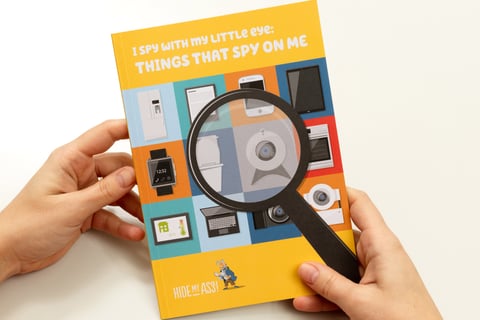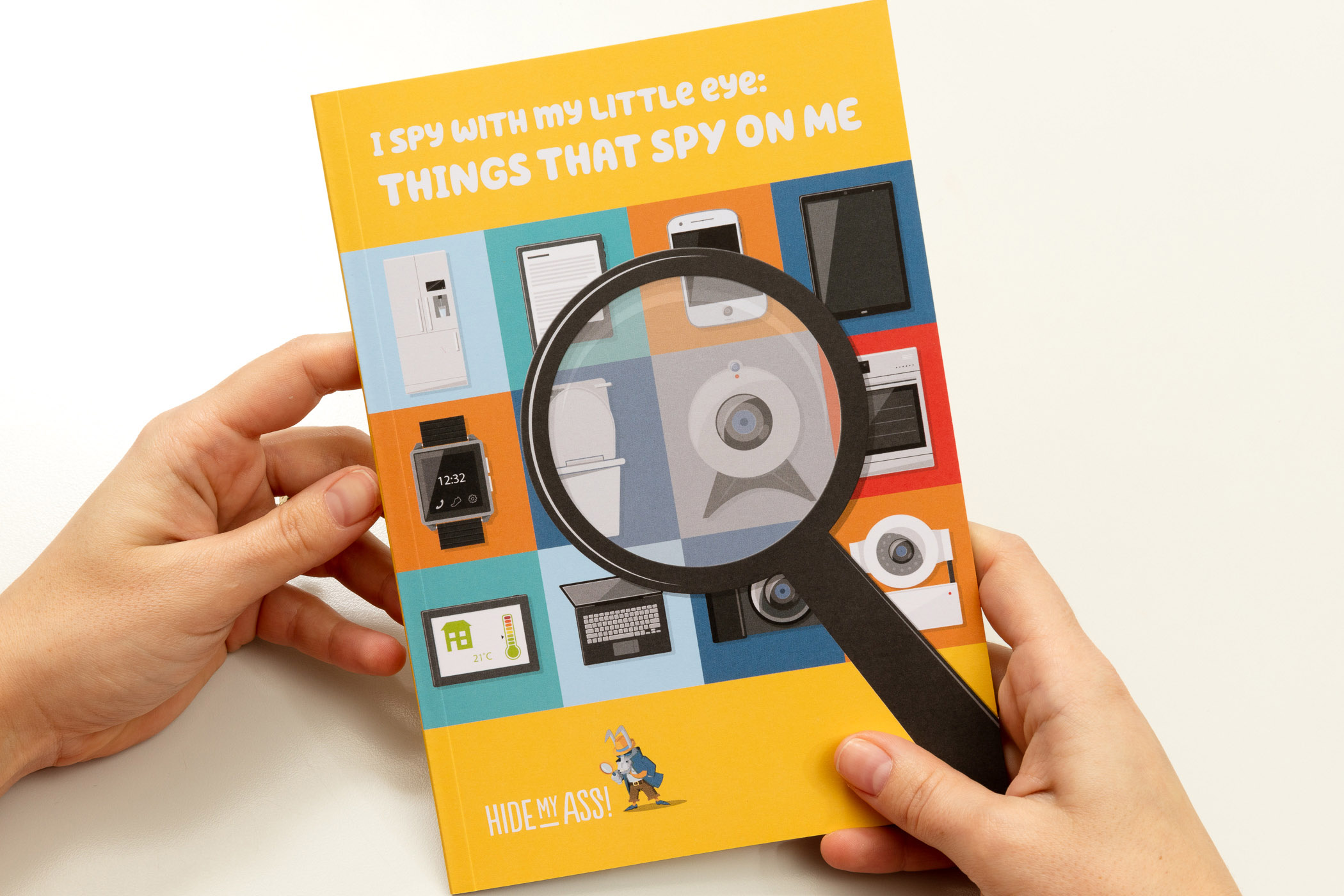How to handle Data Integration in IoT Devices?
Internet of Things (IoT) is reforming the game in the matter of how we assemble and manage constant data. It's transforming our lives, regarding...

We have only imagined our pets talking to us but have you ever imagined your house talking to you or your car, or doors talking to the light switches! The Internet has made this possible connecting almost everything present around us. What IoT is packed with for the future, is beyond anyone’s imagination. The shipment of all smart home devices, be it safety and security systems like alarms, cameras, sensors or smart appliances like coffee makers, washing machines, dryers or any energy equipment, would increase two-fold by 2020. But while IoT is making sense by all means to an average consumer, if an IoT application is not developed appropriately, it may lead to more annoyance and frustration than usefulness.
It is important that while you develop IoT applications for your smart devices, make sure you don't snub few important aspects that make the app work more smoothly and effectively. Avoid these simple mistakes to save it from being a dud and make it stand out from the rest.
Scalability is an important factor when it comes to making apps. It is imperative that you keep a track of the number of people that will use your app on a daily basis. This will help you make predictions and stay prepared for sudden fluctuations and load increases. Else you could counter a risk of slow or interrupted connectivity thereby reducing the user experience with your website. So when you start building your app, make sure you think about scalability and load switches on the app and build a software that can be regularly updated to accommodate the user load without affecting its users.

Researchers at MIT and Michigan have found too many loopholes in some big brand smart devices which could give hackers more entry points to breach user security. Thus more companies are putting security in their products as paramount. After the attack caused by the Mirai botnet late last year, it was a wake-up call for everyone and more efforts are needed in the future to keep hackers away.
IoT being a hot topic, it is also a prime target for hackers - IoT devices can be exploited by hackers to gain access to a lot of private information from users. Thus while developing an IoT app, make sure you keep your app safe from code injection attacks, limit the attack surface, plan for secure updates and safeguard any collected sensitive information. Keeping security your priority would protect the device from any breach or major attacks.
While developing an IoT application, consider these four levels:
Developers need to be concerned only with the end-user levels and the analytics of the application development and for that, there are development tools that have pre-established frameworks, so that extra work of rewriting is saved. Now imagine a coffee machine as a thing which has some kind of microprocessor which manages when to make coffee, how much amount is needed for that and more. The analytics layer would instruct the machine for the task conduction, while the user sees only the app where he would eventually program it to make his favorite coffee at a particular time. This is about using the same process or if we say existing frameworks for a task.
Do plan for the future. Because planning your app for a change now will help you save big costs later. Technology is changing at a great pace and in no time today’s technology would also become obsolete. No one can exactly predict how much things are going to change in the future, but we do have some idea when it comes to developing the app. People are unlikely to go for regular updates for their IoT devices like refrigerators, so you should keep a check of the developments on the horizon.
Last but not the least, hosting your app. Consider hosting your application in more than one data centers rather than doing it for a single location. This ensures uninterrupted service and reduced latency in response times in case of any disasters. Users are not always patient for server errors or sluggish response times.
Developing a good IoT application for your device can increase your brand loyalty and customer satisfaction. On the contrary, committing these mistakes can lead your product to a pitfall.
We at NewGenApps have been working with IoT devices for the past 3 years, including Amazong IoT devices. If you need advice on how to start developing your IoT apps, please get in touch.

Internet of Things (IoT) is reforming the game in the matter of how we assemble and manage constant data. It's transforming our lives, regarding...

Technology has changed the way people interact with machines and even how machines interact with other machines. After switching from desktop...
